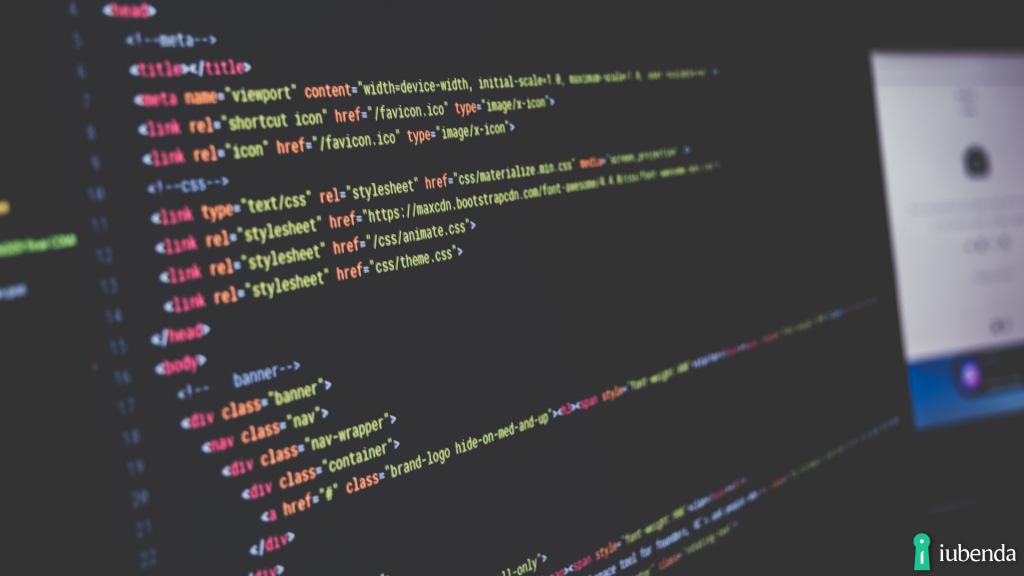What is the meaning of sensitive data exposure? What can be its causes? How do you prevent sensitive information from leaking?
This post explains what sensitive data exposure is and how you can prevent it.

Sensitive data exposure refers to the accidental exposure of sensitive data. It usually happens because a company lacks proper security measures or when employees don’t receive specific security training.
Data exposure is a serious business because it could inadvertently leak sensitive information, such as banking accounts, credit card numbers, healthcare data, passwords, etc.
Privacy laws always stress the importance of data protection measures.
For example, one of the fundamental principles of GDPR is accountability, which consists of privacy by design and privacy by default. According to privacy by design, a company that wants to collect and process users’ personal data should always have appropriate technical (encryption, pseudonymization, or anonymization) and organizational measures in place before starting the collection.
Not only that.
If sensitive data exposure were to happen, it could also affect your company’s reputation: users are less keen on trusting a business that doesn’t take data protection seriously.
According to Norton™, there is.
The main difference should lie in their intentionality: a data breach is intentional since it results from a cyberattack carried out by hackers. On the other hand, sensitive data exposure isn’t intentional because the data is left for anyone to see without protection.
However, Data Protection Authorities usually tend to treat both data breaches and sensitive data exposures in the same way. For example, here’s a definition of data breach taken from the UK’s Information Commissioner Office’s website:
A personal data breach means a breach of security leading to the accidental or unlawful destruction, loss, alteration, unauthorized disclosure of, or access to, personal data. This includes breaches that are the result of both accidental and deliberate causes. It also means that a breach is more than just about losing personal data.
Be it deliberate or unintentional, sensitive data has still been exposed, and thus the problem needs to be addressed.
As we said earlier, the main cause of sensitive data exposure is often carelessness.
Some companies overlook data protection and don’t take any measure to ensure that their users’ data is protected.
Among the most common causes are weak encryption (or no encryption at all), software flaws when someone uploads data to the wrong database or sends the data to the wrong person.
As for data breaches, sensitive data exposure can be prevented. Moreover, we could argue that they can be prevented way more easily than data breaches since the responsibility lies to the company itself.
Anyway, the steps to take to avoid sensitive data to leak are more or less the same as those taken to prevent a data breach:
📬 Want the latest in Data Protection and Privacy news delivered to your inbox? Join our DPO Newsletter!